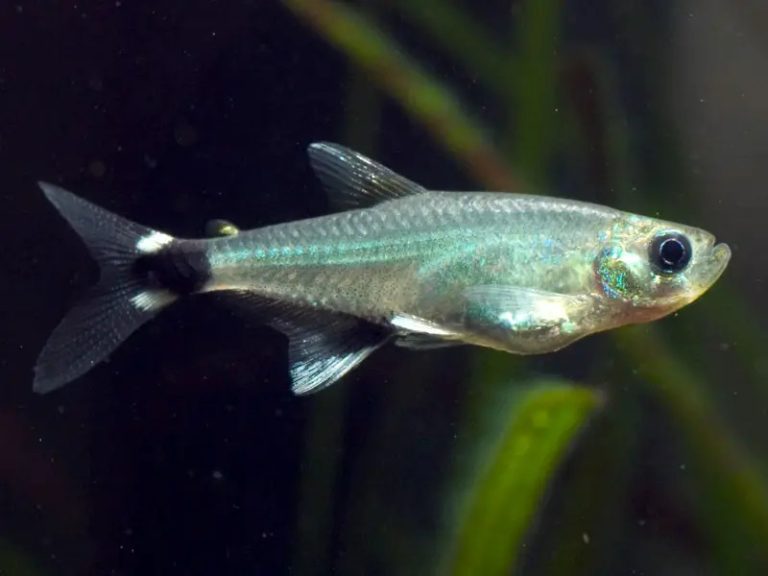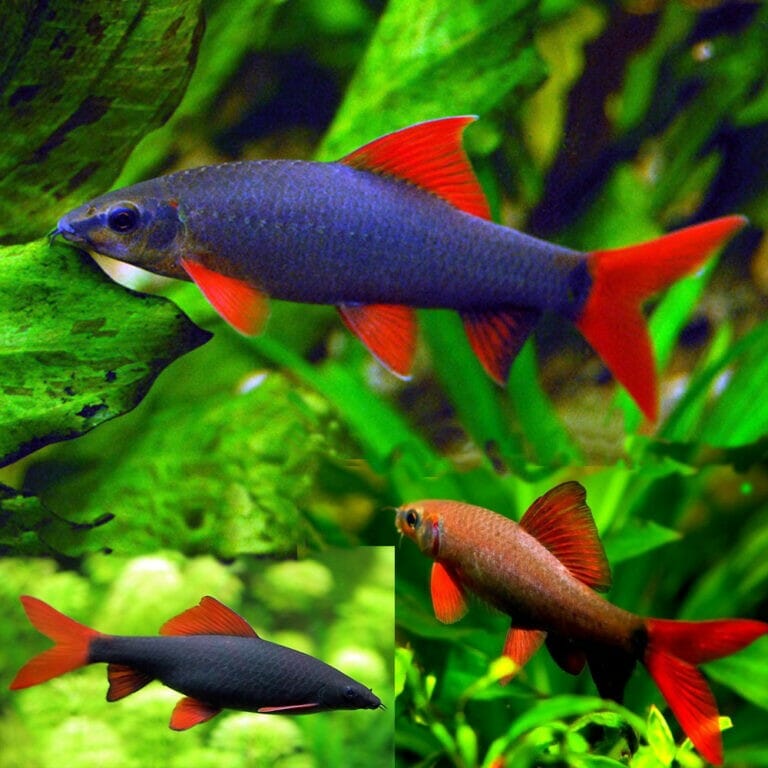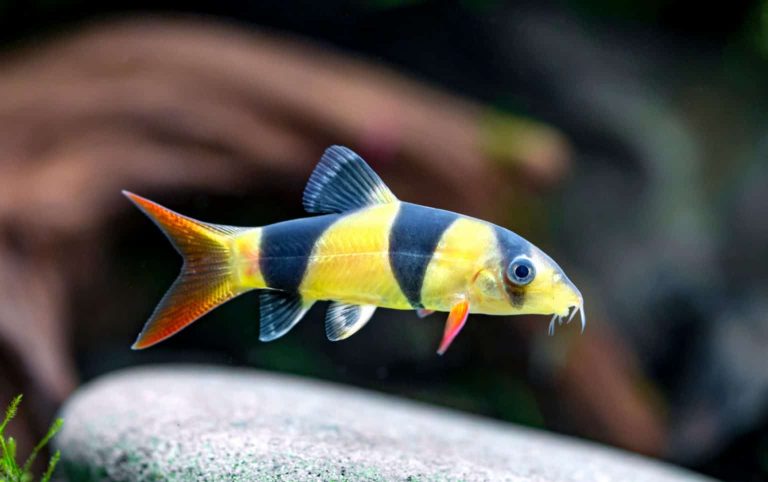Fishkeeping in a Bowl: Detailed Beginner’s Guide
Keeping fish is a peaceful hobby for many, and bowls represent one of the most compact and stylish ways to engage in this hobby. However, there are certain delicacies and things to know when keeping fish in a bowl. Here’s a detailed beginner’s guide:
Choosing the Right Bowl: Tips for a Good Start
1) Size:
The size of the bowl is one of the most fundamental and important factors when making a choice. The size of the bowl you should get depends on the type and number of fish you intend to keep. As a general rule, you should provide at least 3-5 liters of space for each fish. However, it’s worth noting that it’s always better to choose a larger bowl to ensure your fish have enough space to swim and move around. Larger bowls can also help maintain more stable water quality, as a greater volume of water can mitigate the effects of fluctuations in water parameters.
2) Material:
The material from which the bowl is made matters both in terms of durability and aesthetics. Glass bowls offer clearer views of your fish thanks to their transparency and generally have a more aesthetic appearance. However, they are fragile and should be handled with care. On the other hand, plastic bowls are more resistant to impacts and easier to transport; however, they can get scratched and become cloudy over time. Consider these factors when deciding which material is more suitable for your needs.
3) Shape:
The shape of the bowl often varies depending on personal aesthetic preferences. Whether choosing between flat or round bowls, it’s essential to pick a model that provides enough swimming space for your fish. Especially remember that round bowls can create a lens effect, magnifying the appearance of the fish. This can make it more challenging to discern how much space the fish genuinely occupies.
4) Accessories:
Bowl accessories help create a healthier and more comfortable environment for your fish. Filters aid in keeping the water clean and clear, while heaters maintain the ideal water temperature, especially for tropical fish. Air stones introduce oxygen into the water, facilitating easier breathing for your fish. When selecting accessories, ensure you choose those suitable for the size of your bowl and the type of fish you intend to keep.
The right bowl selection is the first step in ensuring a healthy and happy life for your fish. Doing your research and choosing the most suitable bowl for your needs before investing will ensure long-term satisfaction for both you and your fish.
Suitable Livestock for a Bowl
- Betta Fish (Siamese Fighting Fish): These fish are known for their vibrant colors and aesthetic appearance. However, two male bettas should never be kept in the same environment, as they can be aggressive towards each other.
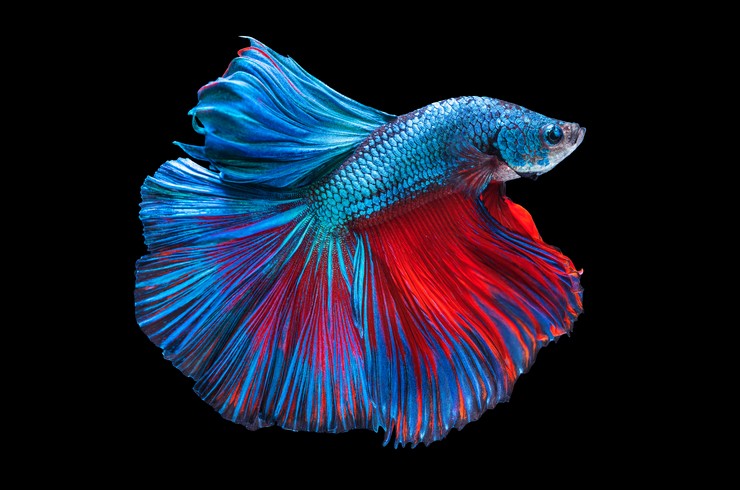
2. Goldfish: Often seen in bowls, these fish can grow rapidly and require plenty of oxygen. It’s essential to note that while many people start with goldfish in a bowl, they can outgrow such confined spaces, and it’s recommended to provide them with larger environments as they mature.

3. White Cloud Mountain Minnow: These fish are hardy to cooler temperatures and can adapt well to temperature fluctuations. They are relatively small and have a peaceful temperament, making them suitable for bowl environments. However, they do best in groups, so ensure there’s enough space if you plan to keep multiple.
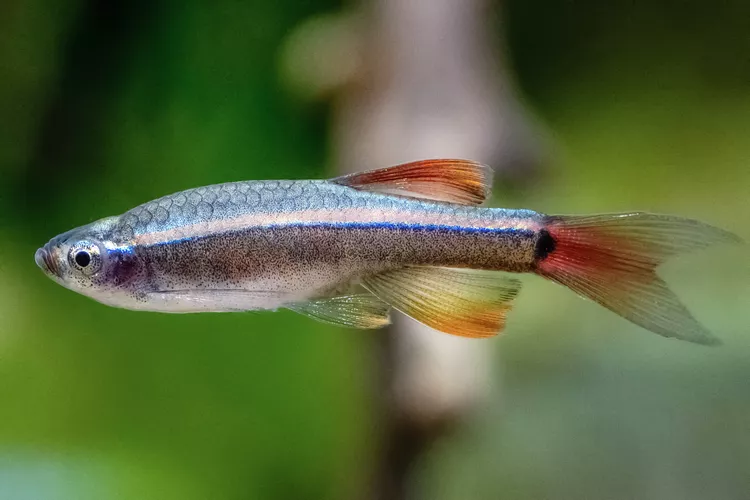
4. Guppy : Known for their small size and vibrant colors, guppies are a popular choice for various aquarium settings. However, it’s important to be mindful of their rapid reproduction rate. If not monitored, they can quickly populate a confined space like a bowl.
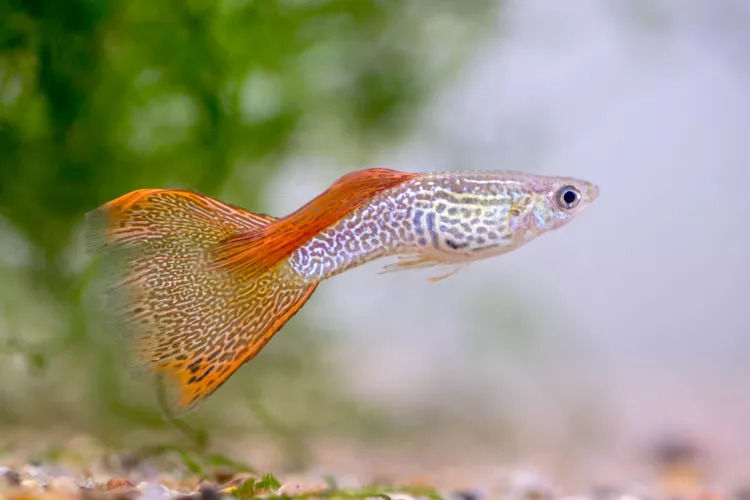
5. Tetra Fish: They prefer to live in schools, so it’s essential to have a bowl with ample space if you plan to keep tetras. Due to their schooling nature, it’s recommended to keep them in groups, which can require more space than what a typical bowl offers. Always ensure that the environment is suitable for their active and social behavior.
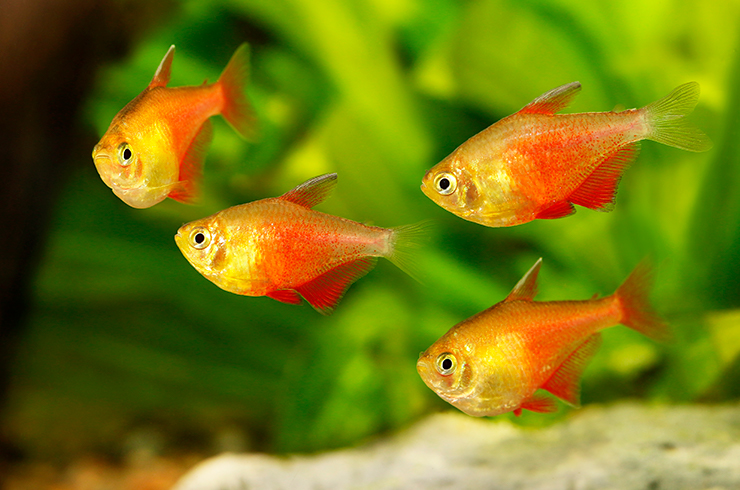
6. Cherry Shrimp: They help in keeping the bowl clean by consuming algae and detritus, adding to the overall aesthetics with their bright red coloration. They are peaceful in nature and can coexist with other small and non-aggressive fish species in a bowl environment.

The Importance of Bowl Maintenance and Potential Risks
Ensuring a healthy and comfortable living environment for your fish underscores the significance of proper bowl maintenance. Neglecting the right care for the bowl can expose your fish to a range of risks. Here are these risks and their details:
1) Oxygen Deficiency:
Bowls generally have a smaller volume, leading to a rapid depletion of the oxygen level in the water. This can result in fish not receiving adequate oxygen, making breathing challenging and causing a decline in their energy levels. Regular use of an air stone or a device to promote circulation can help maintain an adequate oxygen level.
2) Changes in Water Quality:
In a small bowl, water parameters (such as ammonia, nitrite, nitrate, etc.) can change quickly. These fluctuations can adversely affect the health of the fish. Regular water changes and an appropriate filter can assist in keeping the water quality at an optimum level.
3) Temperature Fluctuations:
If the bowl water is exposed to sudden changes in room temperature or direct sunlight, it can rapidly heat up or cool down. Such temperature fluctuations can be stressful for the fish and negatively impact their metabolism. By keeping the bowl away from direct sunlight and regularly monitoring the water temperature, you can minimize this risk.
4) Insufficient Space to Move:
The small size of the bowl can restrict the fish’s ability to move freely. This can become problematic, especially for fish that need more swimming space as they grow. Choosing the right size bowl is essential to provide your fish with adequate space.
5) Stress:
Placing the bowl in an inappropriate location (for example, in an area with heavy traffic), excessive light, or temperature fluctuations can induce stress in fish. Stressed fish are more vulnerable and prone to diseases.
6) Inadequate Filtration:
Filtration helps in removing ammonia and other waste materials from the water. Insufficient filtration can lead to water contamination and jeopardize the health of the fish.
In conclusion, taking meticulous and informed care of your bowl ensures a healthy and joyful life for your fish. Providing an environment that caters to the needs of the fish can prolong their lifespan and enhance the pleasure you derive from them.
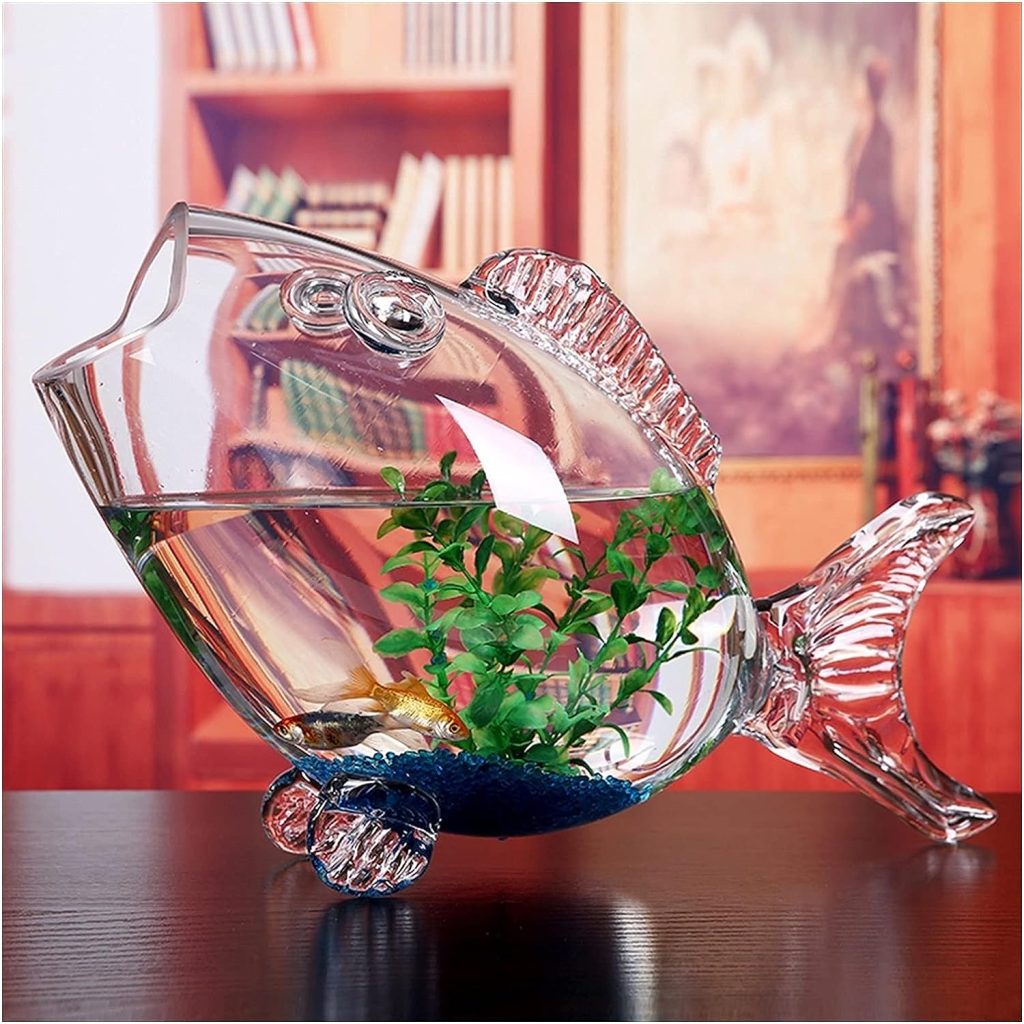
Keeping fish in a bowl, with the right knowledge and care, can be a very satisfying experience. This guide has been prepared to assist you as you embark on this beautiful hobby. Always pay attention to the needs of your fish and take the necessary steps to provide them with the best environment!



